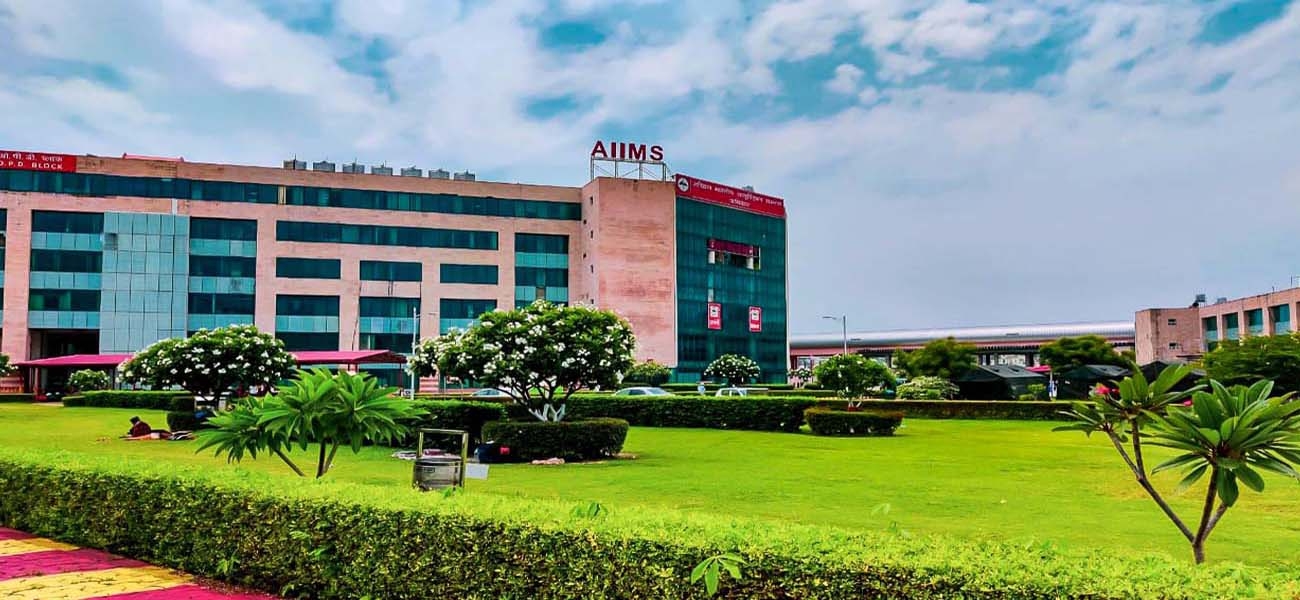40% of Districts Do Not Have Nursing Colleges, Reveals Health Ministry Data. Nursing services are essential in every medical facility, giving care and assistance to patients in need. However, there is a significant geographical discrepancy in the distribution of nursing colleges in India, with 40% of districts without these critical institutions. This article dives into Health Ministry statistics, shedding light on the regional disparity and investigating the efforts taken by the government to solve it. Furthermore, we investigate the relevance of nursing education as well as the worldwide picture of the nursing services and midwifery profession.
Regional Disparities in Nursing Colleges
According to statistics obtained by The Hindu from the Health Ministry, an alarming 40% of Indian areas lack nursing institutes. Instead, 42% of these institutions are concentrated in only five southern states, whereas western states account for 17% of all nursing facilities. This disparity underlines the need of addressing regional disparities and ensure equal access to nursing education across the country.
The Centre’s Initiative to Address Disparities
Recognising the significance of closing this gap, the Central Government has established a programme to co-locate 157 new nursing institutions within medical schools by April 2025. This project is supplemented by short-term nurse training programmes. However, the scheme’s effectiveness has been hampered since numerous governments have failed to completely implement it.
India’s Nursing Services & Workforce Situation
Despite having over 35 lakh nurses, India’s nurse-to-population ratio remains at 2.06 nurses per 1,000 people. It falls short of the worldwide standard of 3:1000. While the number of schools offering undergraduate nursing education has increased by 36% during 2014-15, resulting in a 40% rise in nursing seats, regional disparities continue. Approximately 64% of the nursing workforce is trained in just eight states, with 42% of nursing institutes located in Andhra Pradesh, Karnataka, Kerala, Tamil Nadu, and Telangana. In comparison, just 2% of nursing colleges are located in the northeastern states, indicating a large discrepancy.
Lagging Growth of Nursing Colleges
Another cause for worry is the gap in the growth rates of nursing and medical schools. While the number of UG and PG medical seats has increased by 110% and 114%, respectively, since 2014-15. The number of nursing colleges has grown at a slower pace, indicating a misalignment of priorities.
The Global Perspective in Nursing Services
The World Health Organisation (WHO) highlights the value of nursing and midwifery in the global healthcare system. Roughly 27 million men and women serving in these jobs globally. These professionals account for nearly half of the global health workforce. According to the WHO research, there is a serious shortage of health personnel. Particularly nurses and midwives, throughout Southeast Asia and Africa are in deficit.
Funding for the Government Scheme
In response to regional disparities, the Central Government has established a proposal to create 157 new nursing institutions. Co-located with medical colleges, with each receiving a financial assistance of Rs10 crore. To expedite the initiative, states must submit proposals for nursing college establishment and organise state-level monitoring committees to oversee project development. While some states have profited significantly from the Development of Nursing Services plan. States like Uttar Pradesh, Karnataka, and Telangana, have underutilized it, raising doubts about its overall efficacy.
The geographical difference in nursing education in India is a significant issue that must be addressed immediately. With 40% of districts missing nursing colleges and the bulk of nursing institutions concentrated in specific locations. There is a clear need for a more equitable distribution of nursing education facilities. The government’s proposal to co-locate new nursing colleges is a start in the right direction. A stronger coordination between the Central and State governments is required to ensure the scheme’s success and successfully solve the nursing professional shortage.























